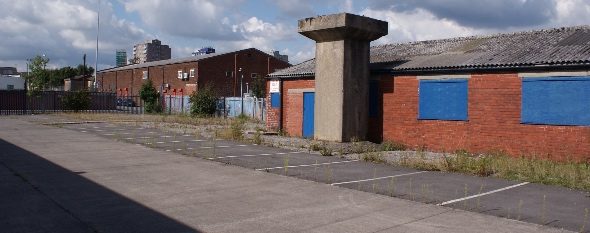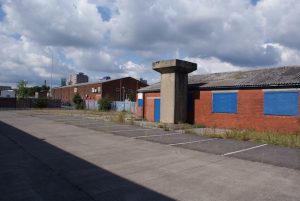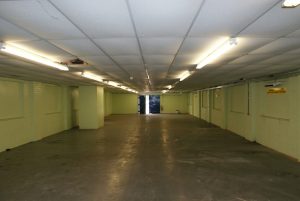Conversion of Vacant Industrial Units to a Training Facility, Ashton Under Lyne, Tameside
Case Study Reference: 10-08-04
Planning Authority: Tameside Metropolitan Borough Council
Planning Reference: https://www.tameside.gov.uk/planningandbuildingcontrol and https://publicaccess.tameside.gov.uk/online-applications/applicationDetails.do?activeTab=documents&keyVal=L4IBGAPUB4000
Synopsis:
As part of the approval for the change of use of the vacant industrial buildings a contaminated land planning condition was attached to the decision notice in order to demonstrate that the site could be safely development and would be ba able to be identified as ‘contaminated land’ under part 2A of the Environmental Protection Act 1990..
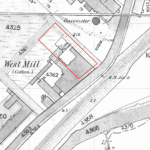 The first
The first 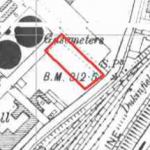 stage of discharging the contaminated land planning condition was to prepare a desk study report, which assesses the risks posed by historical sources of any contamination that may affect the site.
stage of discharging the contaminated land planning condition was to prepare a desk study report, which assesses the risks posed by historical sources of any contamination that may affect the site.
The history of the site was reviewed using a combination of historical Ordnance Survey maps as well as aerial plates and street level imagery.
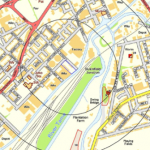 The site was developed prior the first edition O.S. map when the site formed part of West Mill, by 1916 the site had been cleared and remained vacant until 1968 when the site was redeveloped. A number of potentially contaminative land uses were identified in close proximity to the site on the O.S. maps
The site was developed prior the first edition O.S. map when the site formed part of West Mill, by 1916 the site had been cleared and remained vacant until 1968 when the site was redeveloped. A number of potentially contaminative land uses were identified in close proximity to the site on the O.S. maps
Data held by regulators revealed that two landfills were present within 250m of the site.
A review of the planning history of the site indicated that the nearby sites had been subject to site investigation.
completion fo the desk based assessment a site walkover visit was undertaken, this revealed the site comprise of vacant industrial buildings with parking. Cement sheeting was noted on the buildings.
The walker survey identified a plague opposite the site which made reference to the 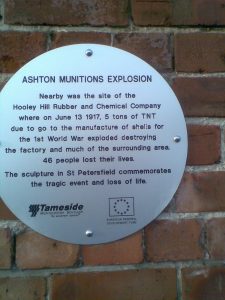 Ashton Munitions Explosion on the adjacent works in 1917.
Ashton Munitions Explosion on the adjacent works in 1917.
The local authority offices were visits during the walkover survey in order to be able to access the site investigation reports for the nearby sites.
On completion fot he walkover survey a qualitative risk assessment was undertaken on all the potential sources of contamination in order to determine if any warranted further works, this concluded that the past uses of the site and in-filled land and the munitions explosion were credible sources of contamination and the report proposed further works.
Minor revisions were made to the desk study report to satisfy the planning authority and the site investigation was undertaken to determine the risks present on the site.
Once the proposals had been approved the site investigation was undertaken this comprised of the sinking of three dynamic sampling boreholes and the installation of monitoring wells as well as obtaining samples of site soils for chemical testing.
The assessment of the site soils concluded that they did not pose a risk to the proposed end users, although elevated concentrations of ground gases were recorded which required gas protection measures as well as a risk of hydrocarbons permeating water mains.
After further minor revisions the conclusions were accepted and the development allowed to proceed.

